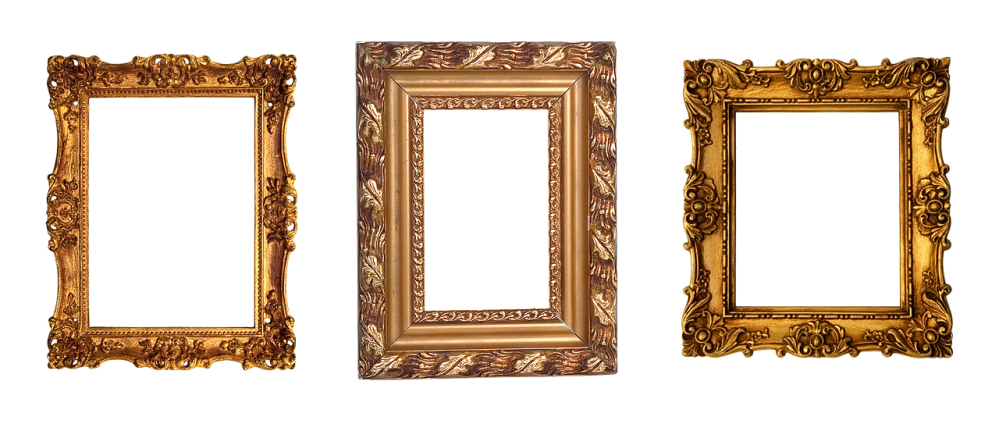赏析
这首诗的含意非常通俗易懂,可以用“珍惜时光”这个词来概括。这原是一种每个人都懂的道理。可是,它使 读者感到愿望单纯而强烈,使 人感到无比的震撼,有一种不可抗拒的魅力。全诗每一句似乎都在反复强调“莫负好时光”,而每句又都有些微妙变化,重复而不啰唆,回环不快不慢,形成优美的轻盈旋律。
“劝君莫惜金缕衣,劝君惜取少年时。”句式相同,都以“劝君”开始,“惜”字也出现了两次,这是二句重复的因素。但第一句说的是“劝君莫惜”,第二句说的是“劝君须惜”,“莫”与“须”的意思是相反的,这就是重复中的一些变化,但是主要意思是不变的。“金缕衣”是非常贵重的衣物,却“劝君莫惜”,说明世间还 有比它更为珍贵的东西,这就是“劝君须惜”的“少年时”了。为什么这么说呢?诗句未直说,那本是不言自明的:“一寸光阴一寸金,寸金难买寸光阴”;然而青春是非常宝贵的,一旦逝去是再也回不来的。一再“劝君”,用规劝的语气,情真意切,有很浓厚的歌味和娓娓道来的神韵。两句一个否定,一个肯定,否定前者是为了肯定后者,似分实合,虚实相生,形成了诗中第一次反复和咏叹,旋律和节奏轻盈舒缓。
“花开堪折直须折,莫待无花空折枝。”则构成第二次反复和咏叹,单就诗意看,与一、二句差不多,还是“莫负好时光”那个意思。这样,除了句与句之间的反复,又有上联与下联之间的较大的回旋反复。但两联表现手法就不一样,上联直抒胸臆,是赋法;下联却用了譬喻方式,是比义。于是重复中仍有变化。三、四没有一、二那样整饬的句式,但意义上彼此是对称得铢两悉称的。上句说“有花”应怎样,下句说“无花”会怎样;上句说“须”怎样,下句说“莫”怎样,也有肯定否定的对立。二句意义又紧紧关联:“有花堪折直须折”是从正面说“行乐须及春”意,“莫待无花空折枝”是从反面说“行乐须及春”意,似分实合,反复倾诉同一情愫,是“劝君”的继续,但语调节奏由徐缓变得峻急、热烈。“堪折——直须折”这句中节奏短促,力度极强,“直须”比前面的“须”更加强调。这是对青春与欢爱的放胆歌唱。这里的热情奔放,不但真率、大胆,而且形象、优美。“花”字两见,“折”字竟三见;“须——莫”云云与上联“莫——须”云云,又自然构成回文式的复叠美。这一系列天然工妙的字与字的反复、句与句的反复、联与联的反复,使诗句琅琅上口,语语可歌。除了形式美,其情绪由徐缓的回环到热烈的动荡,又构成此诗内在的韵律,诵读起来就更使人感到回肠荡气了。
此诗另一显著特色在于修辞上的别致新颖。一般情况下,旧诗中比兴手法往往合一,用在诗的发端; 而绝句往往先景语后情语。此诗一反惯例,它赋中有兴,先赋后比,先情语后景语,殊属别致。“劝君莫惜金缕衣”一句是赋 ,而以物起情,又有兴的作用。诗的下联是比喻,也是对上句“须惜少年时”诗意的继续生发。不用“人生几何 ”式直截的感慨,用花来比少年好时光,用折花来比莫负大好青春,既形象又优美,创造出一个意象世界。
这就是艺术的表现,形象思维。错过青春便会导致无穷悔恨,这种意思,此诗本来可以用但却没有用“老大徒伤悲”一类成语来表达,而紧紧朝着折花的比喻向前走,继而造出“无花空折枝”这样闻所未闻的奇语。没有沾一个悔字恨字,而“空折枝”三字却耐人寻味,富有艺术感染力。▲
appreciation
The meaning of this poem is very easy to understand and can be summarized by the word “cherish time”. This is a truth that everyone understands. However, it makes readers feel simple and strong desire, makes people feel extremely shocked, and has an irresistible charm. Each sentence of the poem seems to emphasize “never let the good times go bad” repeatedly, and each sentence has some subtle changes, which are repeated but not repeated, slow and slow, forming a beautiful light melody.
The sentence pattern is the same. They all start with “Persuading you”. The word “Xi” also appears twice, which is the reason for the repetition of the two sentences. However, the first sentence says “Don’t hesitate to persuade you”, and the second sentence says “Don’t hesitate to persuade you”. “Mo” and “Xu” mean the opposite. These are some changes in the repetition, but the main meaning is unchanged. “Golden Hazel Clothes” are very valuable clothes, but “Don’t spare them” shows that there is something more precious than them in the world. This is the “youth” of “Don’t spare them”. Why do you say that? The poem did not say directly that it was self-evident: “An inch of time is an inch of gold, and an inch of gold cannot buy an inch of time”; However, youth is very precious. Once it passes away, it will never come back. “Persuade the king” repeatedly, with the tone of exhortation, which is sincere and meaningful, has a strong song flavor and charm. Two sentences, one negation and one affirmation, negate the former to affirm the latter. It seems to be separated from the real, and the virtual and the real coexist, forming the first repetition and chanting in the poem. The melody and rhythm are light and soothing.
“When the flowers bloom, they must be broken. Don’t wait to break the branches without flowers.” This constitutes a second repetition and chant, which is almost the same as one or two lines in poetic sense. It still means “Don’t miss the good time”. In this way, in addition to the repetition between sentences, there is also a large convoluted repetition between the upper and lower couplets. However, the two couplets have different expressive techniques. The first couplet expresses one’s mind directly, which is the fu method; The second couplet, however, uses metaphor, which is a metaphor. So there are still changes in the repetition. 3、 Four does not have a sentence pattern as neat as one or two, but in the sense of symmetry, they are both named after each other. What should I do when I say “there are flowers” in the last sentence, and what should I do when I say “there are no flowers” in the next sentence; The last sentence says “must” and the next sentence says “mo”. There are also positive and negative opposites. The meaning of the two sentences is closely related: “If you have flowers, you can break them straight.” It means that you should have fun and spring from the front, and “Don’t wait for the empty branches without flowers.” It means that you should have fun and spring from the back. It seems to be a combination of separation and reality. It is a continuation of “persuading the king”, but the rhythm of the tone has changed from slow to urgent and warm. In the sentence “Can be broken – straight must be broken”, the rhythm is short and the strength is very strong. “Straight must” is more emphasized than the preceding “must”. This is a bold singing of youth and love. The enthusiasm here is unrestrained, not only honest and bold, but also vivid and beautiful. Two words of “flower”, three words of “folding”; The words “must-have” and the upper couplet “must-have” naturally form the palindrome style overlapping beauty. This series of natural and wonderful words and words, sentences and sentences, couplets and couplets make poetry catchy and the language can be sung. In addition to the beauty of form, its mood changes from slow echo to warm turbulence, which also forms the internal rhythm of the poem. Reading it makes people feel even more nostalgic.
Another notable feature of this poem is its unique and novel rhetoric. Generally speaking, the technique of “Bi Xing” in old poems is often used in the beginning of poetry; And quatrains often precede the words of scenery and then the words of love. This poem is contrary to the usual practice. There is something interesting in its fu, which is “fu first, then comparison”, “emotion language first, then background language”, which is unique. “Persuading you not to cherish the golden thread clothes” is a kind of ode, and it has the function of making love with things. The second line of the poem is a metaphor, and it is also a continuation of the poetic meaning of the previous sentence “We must cherish our youth”. Without the direct emotion of “life geometry”, we use flowers to compare our youth with our youth, and use folding flowers to compare our youth with our youth. It is both vivid and beautiful, creating an image world.
This is the expression of art, thinking in images. Missing youth will lead to endless regret. This means that this poem could have been expressed with the idiom “Elderly people are sad”, but it does not use the idiom “Elderly people are sad”. Instead, it moves closely towards the metaphor of folding flowers, and then creates an unheard of strange phrase “no flowers, no branches”. There is not a word of regret, but the word “empty broken branch” is thought-provoking and full of artistic appeal. ▲












